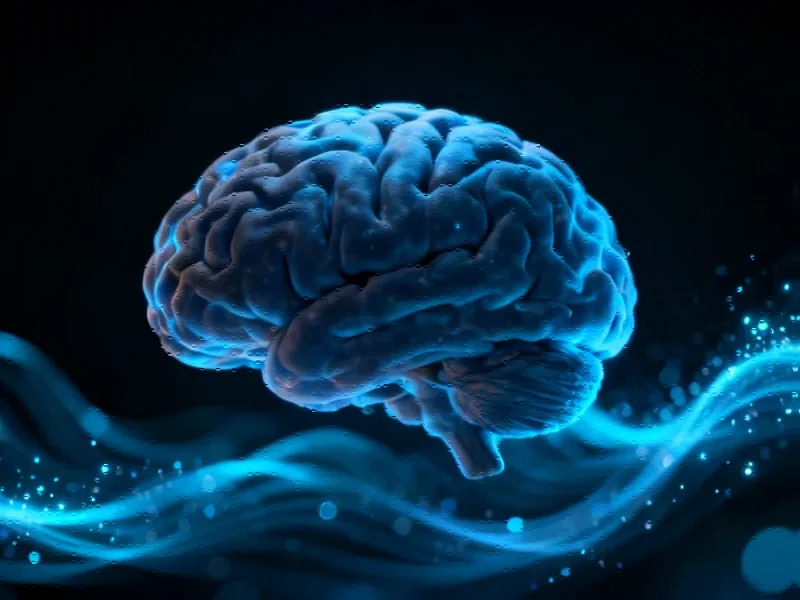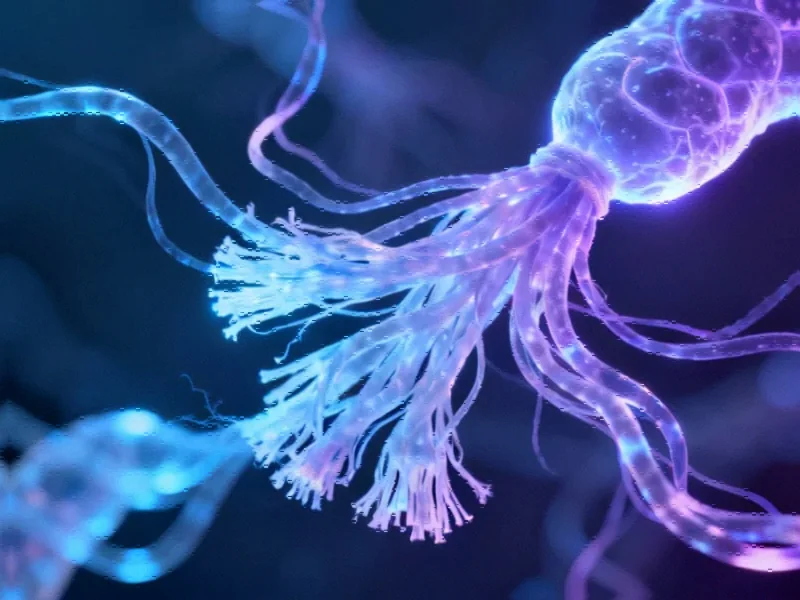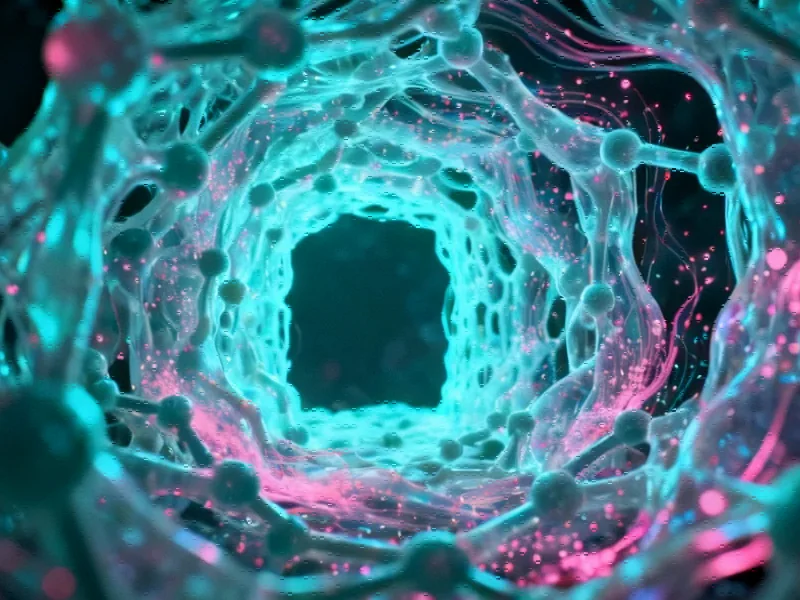TITLE: Brain Disconnection Triggers Permanent Sleep State in Awake Individuals
Groundbreaking Study Reveals Isolated Brain Regions Enter Deep Sleep
In a remarkable discovery that challenges our understanding of consciousness, researchers have found that surgically disconnected brain regions exhibit persistent sleep-like activity even when the person is fully awake. The findings, published in PLoS Biology, provide unprecedented insights into how different parts of the brain maintain consciousness and what happens when neural communication is severed.
The research focused on children with severe, medication-resistant epilepsy who underwent a procedure called hemispherotomy. During this surgery, clinicians disconnect the seizure-originating brain region from the rest of the organ to prevent epileptic episodes from spreading. The disconnected tissue remains in the skull with intact blood supply, creating a unique opportunity to study isolated brain function.
The Consciousness Conundrum
According to co-author Marcello Massimini, a neurophysiology researcher at the University of Milan, the central question was whether the disconnected brain region maintained any form of awareness. “The question arises because we have no access to the disconnected region,” Massimini explained, highlighting the challenge of determining what happens when part of the brain becomes isolated.
This research addresses fundamental questions in neuroscience, particularly as isolated brain regions display sleep-like activity that persists for extended periods. The study’s implications extend beyond epilepsy treatment to broader understanding of neurological conditions and consciousness itself.
Measuring the Unmeasurable
As Ariel Zeleznikow-Johnston, a neuroscientist at Monash University, notes, consciousness studies face significant challenges because “there’s no generally accepted definitive signatures of consciousness in terms of electrical readings or brain activity.” The absence of clear biomarkers for conscious and unconscious states has long hampered neurological research.
The international research team examined electroencephalograms (EEGs) from ten children before hemispherotomy and during follow-up periods ranging from six months to three years post-surgery. They compared these recordings with EEG databases from typically developing children during wakefulness and sleep states.
Persistent Slow Waves in Disconnected Regions
The findings revealed a striking pattern: while the intact brain regions maintained normal waking activity, the disconnected areas showed significantly slowed electrical activity dominated by delta waves—the same slow rhythms characteristic of deep sleep. This pattern remained consistent months or even years after surgery, suggesting a permanent alteration in the isolated tissue’s functional state.
Massimini suggests this persistent slow-wave activity might serve a protective function, possibly maintaining environmental stability or facilitating adaptation to injury. Similar patterns have been observed in brain regions affected by stroke or traumatic injury, indicating a common neurological response to isolation or damage.
These findings contribute to our understanding of how recent technology can help map brain activity and identify pathological states. The research demonstrates how advanced monitoring techniques can reveal previously inaccessible information about brain function.
Consciousness and the Split-Brain Theory
The study also addresses long-standing questions about split-brain consciousness. Previous research from the 1960s to 1980s suggested that disconnecting brain hemispheres could create separate consciousnesses, with each hemisphere potentially developing independent awareness.
However, the current findings challenge this notion. According to Ian Kirk, a cognitive neuroscientist at the University of Auckland, “If you isolate part of the brain, it looks like it just gets taken offline.” The absence of conscious activity in disconnected regions suggests that consciousness requires integrated neural communication rather than emerging from isolated brain areas.
This research aligns with other industry developments in neurological monitoring and artificial intelligence applications. The ability to precisely measure brain activity patterns contributes to better understanding of both normal and pathological brain states.
Clinical Implications and Future Research
The discovery that disconnected brain regions enter a permanent sleep-like state has significant implications for treating neurological disorders. Understanding how isolated brain tissue functions could inform treatments for epilepsy, stroke recovery, and traumatic brain injuries.
Massimini emphasizes that “the more we understand, the more we gain confidence in determining whether a person or part of the brain is conscious or unconscious.” This improved discrimination could enhance diagnosis and treatment of disorders of consciousness, including comatose and vegetative states.
These neurological advances parallel related innovations in medical technology and monitoring systems. The integration of sophisticated measurement techniques with clinical practice continues to transform our approach to complex neurological conditions.
Broader Technological Context
The research methodology exemplifies how advanced monitoring technologies are revolutionizing medical science. The precise EEG measurements and comparative analysis techniques represent significant advancements in neurological assessment capabilities.
Similar technological progress is evident across multiple fields, including the market trends toward wearable monitoring devices and integrated health systems. These developments highlight the growing intersection between neuroscience, technology, and clinical practice.
As research continues, the findings from disconnected brain studies may inform the development of new therapeutic approaches and diagnostic tools for various neurological conditions, potentially transforming how we understand and treat disorders of consciousness and brain function.
This article aggregates information from publicly available sources. All trademarks and copyrights belong to their respective owners.
Note: Featured image is for illustrative purposes only and does not represent any specific product, service, or entity mentioned in this article.



